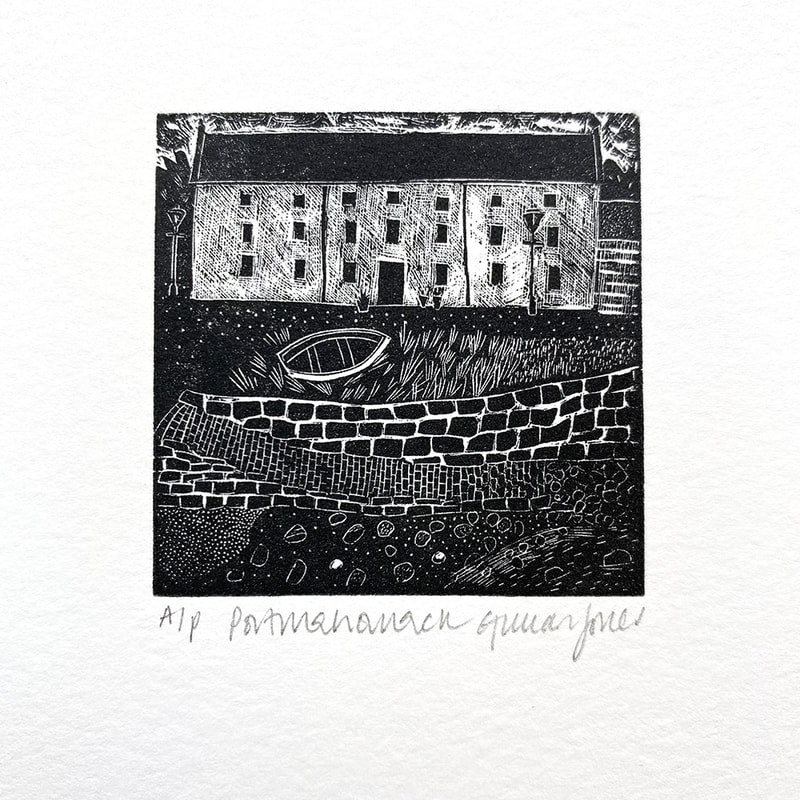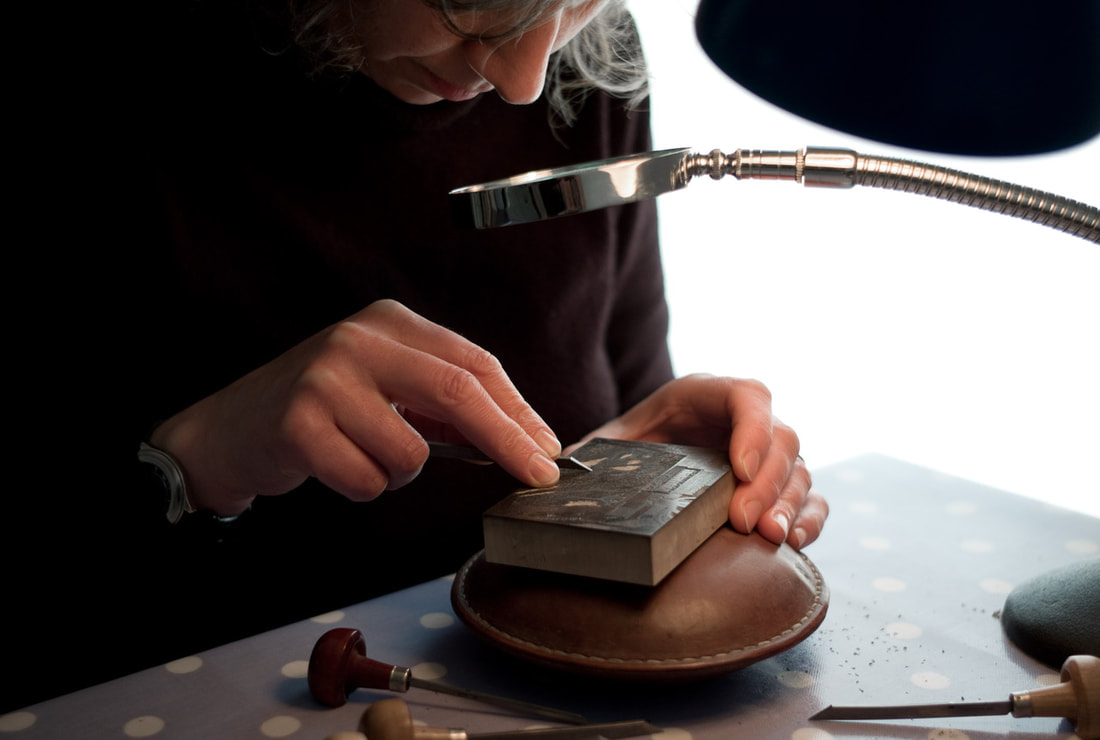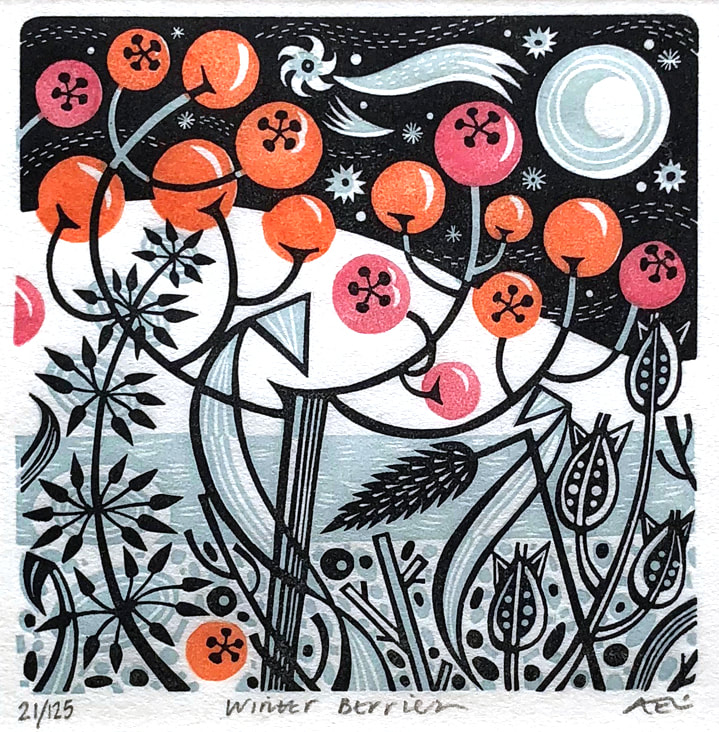Wood Engraving
A wood engraving makes use of the fine end-grain of a piece of wood giving a fine image characterised by delicate thin lines. A magnifying glass and specialist tools are used, including the ‘lozenge graver’, ‘spitsticker’ and ‘round scorper’. Hardwoods, such as boxwood, pear, cherry and lemonwood, are supplied in small pieces, often only a few centimetres in length.
Thomas Bewick developed the wood engraving technique in Britain at the end of the 18th century. Its artistic heyday was in the first half of the 20th century with artist such as Eric Ravilious and Eric Gill. In the 21st century the technique is promoted by the Society of Wood Engravers.
Thomas Bewick developed the wood engraving technique in Britain at the end of the 18th century. Its artistic heyday was in the first half of the 20th century with artist such as Eric Ravilious and Eric Gill. In the 21st century the technique is promoted by the Society of Wood Engravers.
The Castle Gallery, Inverness, is renowned for its extensive collection of handmade prints from artists who are amongst the leading exponents of original prints in the UK, including many who have been elected to the Royal Society of Painter-Printmakers. We promote original handmade prints because we believe in their superb craftsmanship, aesthetic value and integrity.


